From Mexico to Your Oven: 7 Irresistible Tips for Mastering Oaxaca Pizza at Home!
Table of Contents
- A Slice of Global Spice Traditions: The Story Behind Oaxaca Pizza
- Why Oaxaca Cheese is the Star of This Pizza Show
- 7 Spicy-Smart Tips to Nail Oaxaca Pizza at Home
- Global Flavor Pairings: Spice It Up Like a Pro
- A Brief History of Oaxaca Cheese & Its Journey to Pizza Fame
- Visual Guide: Comparing Traditional vs. Modern Oaxaca Pizza Styles
- Conclusion: Oaxaca Pizza – A Delicious Dive into Global Spice Culture
A Slice of Global Spice Traditions: The Story Behind Oaxaca Pizza
When you think of pizza, your mind might jump straight to Italy — mozzarella, basil, and olive oil dancing on a crispy crust. But in recent years, a new contender has made its way onto global pizza plates: Oaxaca pizza. Originating from the heart of Mexico’s spice-rich state of Oaxaca, this pizza style celebrates local ingredients, fiery flavor profiles, and that one cheese that melts like magic.
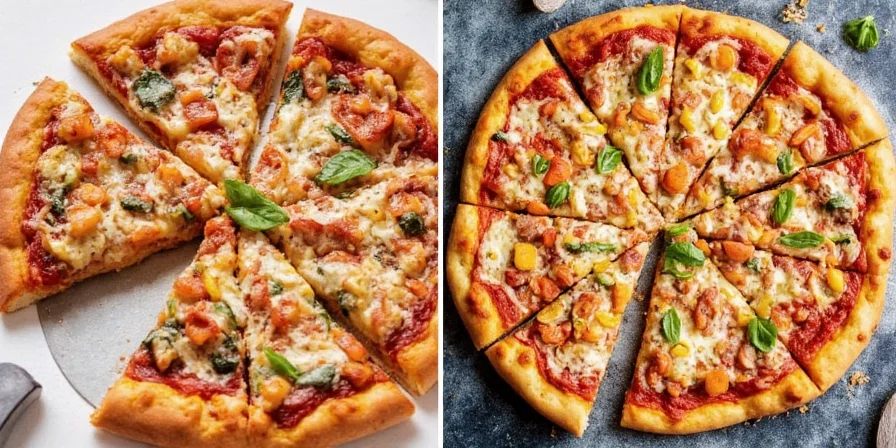
Why Oaxaca Cheese is the Star of This Pizza Show
If there’s one ingredient that defines an Oaxaca pizza, it’s the cheese — and not just any cheese, but the stretchy, semi-soft wonder known as quesillo, or more commonly outside of Mexico, Oaxaca cheese. If mozzarella had a spicy Mexican cousin who vacations in Tulum, it would be Oaxaca cheese. Mild, slightly salty, and oh-so-melty, this cheese brings texture and flavor to every bite.
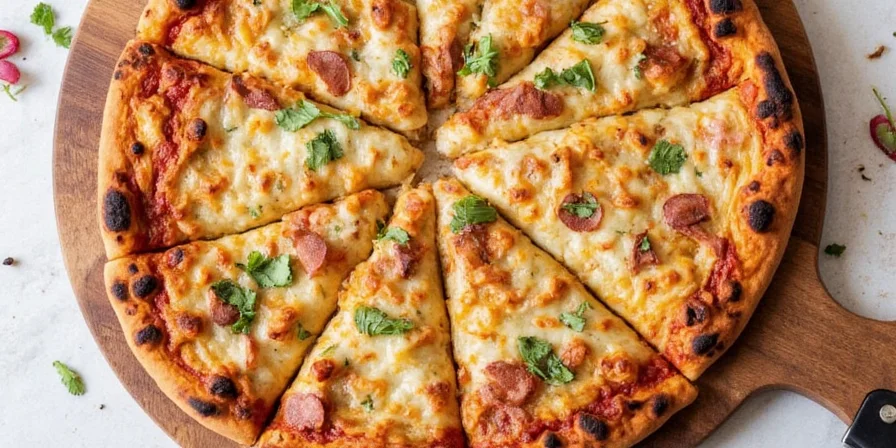
7 Spicy-Smart Tips to Nail Oaxaca Pizza at Home
Ready to take your taste buds on a trip to southern Mexico? Here are seven essential tips to help you master the art of Oaxaca pizza in your very own kitchen:
- Use high-protein flour: For that perfect chewy-crispy balance, go for bread flour (around 12-14% protein) when making your dough.
- Don’t skip the masa harina: Adding a small amount of masa harina (corn flour) to your dough gives it that authentic earthy, nutty flavor reminiscent of traditional corn tortillas.
- Pre-bake before topping: Oaxaca cheese can release a lot of moisture. To avoid a soggy crust, pre-bake the dough base for 5–7 minutes before adding toppings.
- Go bold with meats: Try toppings like chorizo, al pastor, or even tinga de pollo (shredded spicy chicken) to bring that authentic Mexican heat.
- Add fresh veggies with flair: Avocado slices, grilled onions, poblano peppers, or roasted squash add both texture and color.
- Spice up your sauce: Use a homemade chipotle or pasilla-based sauce instead of tomato sauce for that deep, smoky flavor profile.
- Finish with herbs and heat: Cilantro, lime zest, and a sprinkle of crushed red pepper flakes make for a bright, spicy finish.
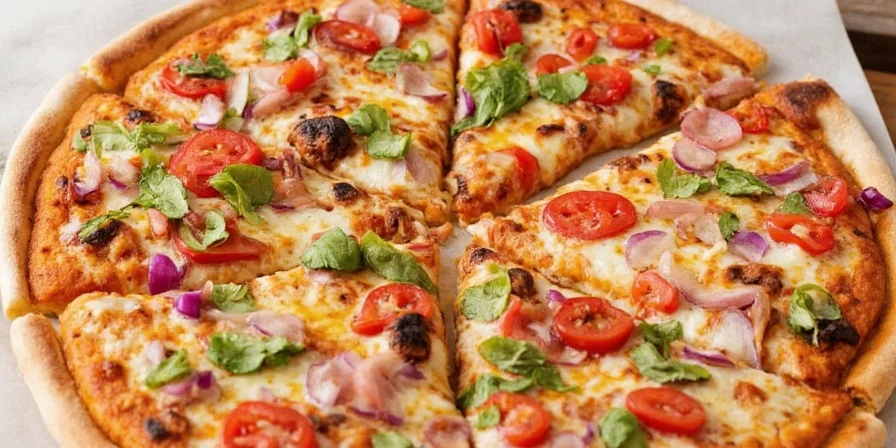
Global Flavor Pairings: Spice It Up Like a Pro
Oaxaca pizza may be rooted in Mexican cuisine, but that doesn’t mean you have to stick strictly to tradition. Let’s explore how to pair it with other global spices and flavors for a fusion twist:
| Topping | Traditional Base | Fusion Twist | Recommended Spice Pairing |
|---|---|---|---|
| Chorizo + Onion | Mild chipotle sauce | Add crumbled feta for saltiness | Smoked paprika + cumin |
| Al Pastor | Pineapple salsa | Top with Thai basil for fragrance | Lime chili powder |
| Veggie Fiesta | Roasted zucchini + mushrooms | Drizzle with tahini + za'atar | Sumac + smoked garlic |
| Spicy Chicken Tinga | Tomato-chipotle sauce | Add kimchi for tangy crunch | Gochugaru chili flakes |
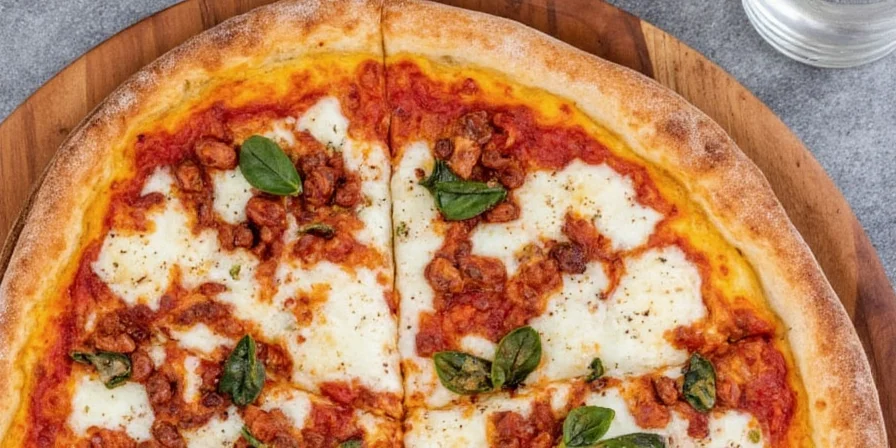
A Brief History of Oaxaca Cheese & Its Journey to Pizza Fame
Oaxaca cheese, or queso Oaxaca, was first produced by Dominican monks in the 1800s in the region of Oaxaca, Mexico. Inspired by Italian mozzarella, they created a version suited to local dairy practices and climate. Over time, it became a staple in Mexican households and street food culture.
The leap from taco fillings to pizza toppings came in the late 2000s, thanks to a wave of Latin American-inspired restaurants opening globally. Chefs began experimenting with regional cheeses, and Oaxaca quickly gained popularity due to its superior melting qualities and mild flavor profile — perfect for pizza lovers looking for something different without straying too far from comfort.

Visual Guide: Comparing Traditional vs. Modern Oaxaca Pizza Styles
To better understand how Oaxaca pizza has evolved over the years, here's a visual comparison between the original style and contemporary interpretations:
| Aspect | Traditional Oaxaca Pizza | Modern Fusion Oaxaca Pizza |
|---|---|---|
| Base | Corn-infused dough | All-purpose or artisanal sourdough |
| Sauce | Light chipotle or pasilla puree | Marinara, pesto, or tahini-based sauces |
| Cheese | Oaxaca only | Oaxaca blended with mozzarella or goat cheese |
| Toppings | Chorizo, potatoes, squash, avocado | Kimchi, miso mushrooms, truffle oil drizzle |
| Serving Style | By hand, folded | On a wooden board, slice with knife & fork |
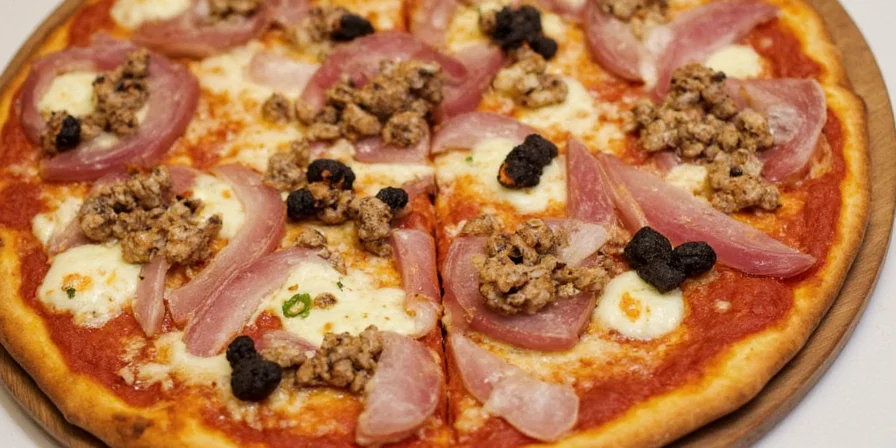
Conclusion: Oaxaca Pizza – A Delicious Dive into Global Spice Culture
Oaxaca pizza isn’t just a passing trend — it’s a celebration of global spice traditions, local ingredients, and culinary creativity. Whether you’re sticking to classic Mexican toppings or going full fusion with international flavors, this pizza variety offers something exciting for both home cooks and professional chefs alike.
So next time you're craving pizza night, why not give Oaxaca a try? With the right cheese, some bold spices, and a few clever tricks, you’ll be enjoying a slice of Mexico — and maybe even a taste of Morocco, Korea, or Thailand — all from your oven.
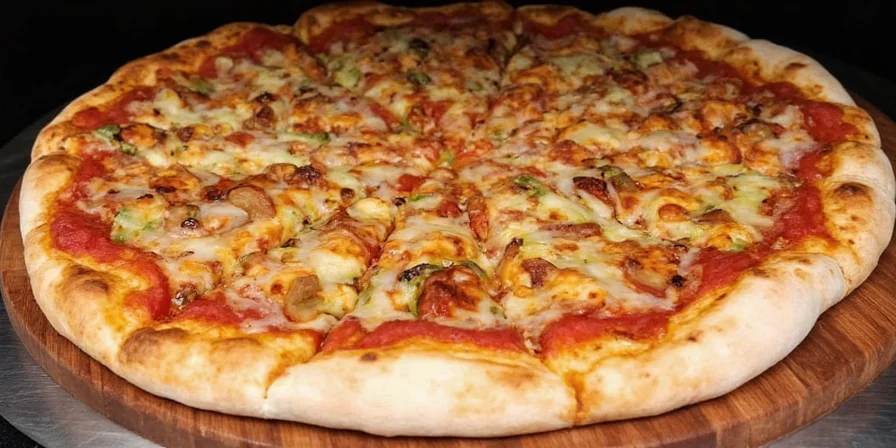

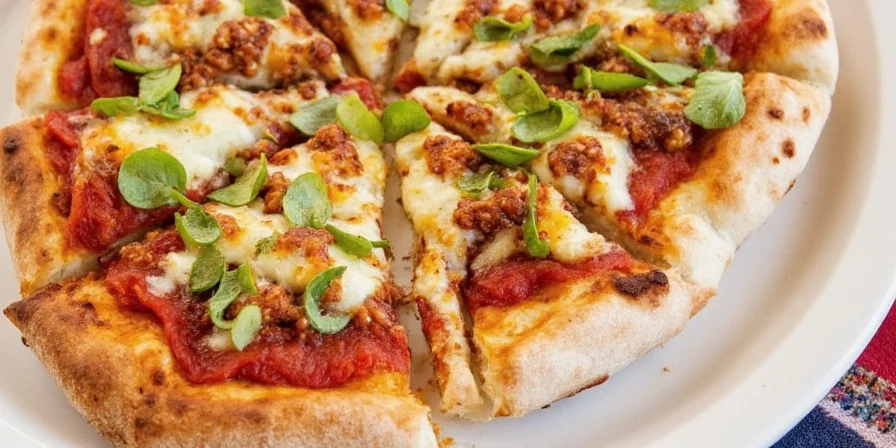









 浙公网安备
33010002000092号
浙公网安备
33010002000092号 浙B2-20120091-4
浙B2-20120091-4